with STEM™ CAREERS JOB KIT
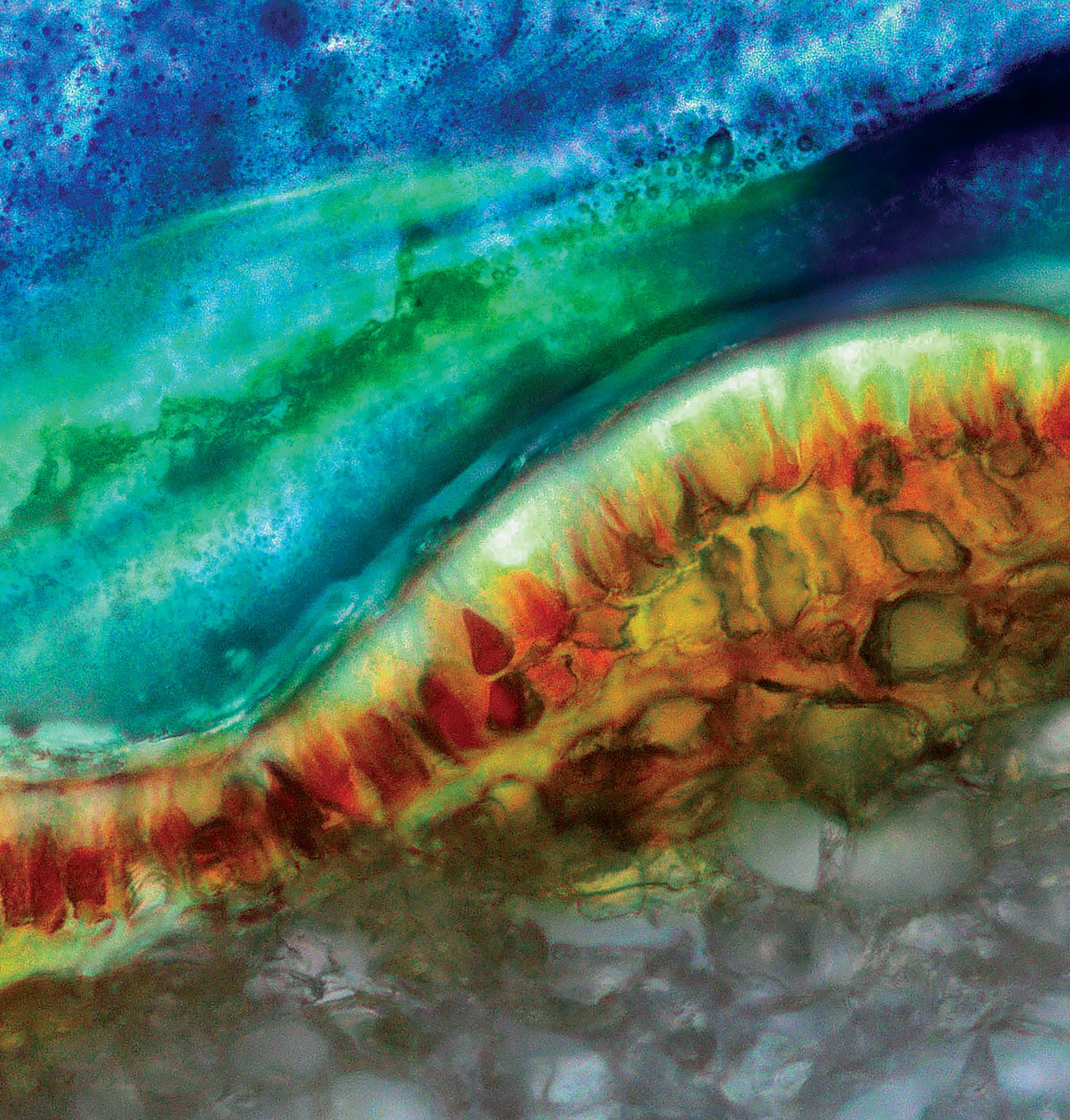


Insights, information and advice on science careers of the future

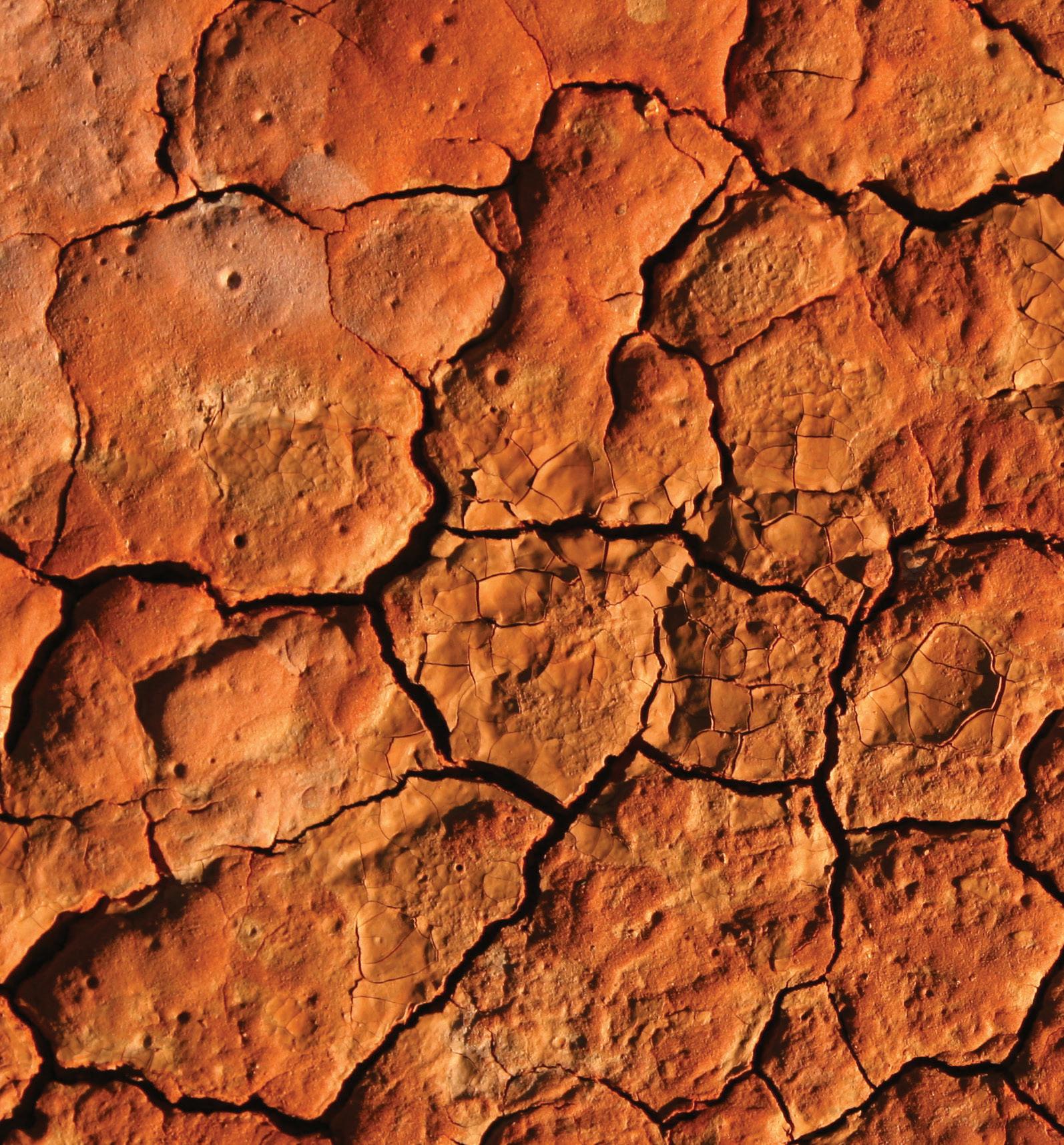
Study science at QUT to access practical, work-integrated learning from your first semester at uni.
QUT Bachelor of Science

Innovations in science are securing our future and building a brighter tomorrow. Are you a future scientist in the making?

Science and progress go hand-in-hand –almost every technological or medical breakthrough had its roots in a scientist asking a question and applying the scientific method to find the answer.
And as we fight global challenges like climate change and COVID-19, the crucial role of science has never been clearer – but science is about more than tackling the challenges we already face. Science is about making new discoveries, coming up with new questions and venturing into the unknown.
At the QUT Centre for Materials Science, we are conducting research at the cutting edge of materials development, with real-world outcomes in areas ranging from next-generation electronics, to medical imaging, biodegradable plastics and drug delivery.
Of course, it’s not really science that helps us better understand the world around us and transform our lives – it’s scientists. Science is about people, and we need the very best people to be driving our scientific institutions and organisations forward into a better and brighter future. Scientists who will make the discoveries we can’t even dream about today, and who will help solve the inevitable new challenges the future will bring.

Professor Kathryn Fairfull-Smith, Co-Director, Centre for Materials Science, QUT
If you’re curious about how the world works, a problem-solver who wants to make the world a better place, then a career in science could be for you. Whether you’re excited about cutting edge physics and chemistry, passionate about the environment or saving lives – there’s likely an education and career pathway in science to suit you. Read on to learn more and get inspired about becoming a future-focussed scientist!
Professor Kathryn Fairfull-Smith, Co-Director, Centre for Materials Science, QUT
PS: Love the cover image? So do I! It’s an image by Binodhya Wijerathne of the lining of a seed, and one example of how nature inspires science through the power of biomimicry.
What does your future employment look like? A career in advanced science could mean working at the cutting-edge in areas as diverse as health to urban development, advanced manufacturing to wildlife conservation – or maybe your future career hasn’t even been invented yet...
Afuture scientist isn’t a bad gig. Especially when it’s an area where jobs are growing almost two times faster than other industries and over the next 50 years is expected to be the backbone of more progress than the previous 400 years total!
From anticipating, solving and inventing problems that don’t even exist yet, to changing the landscape of traditional science and evolving the lab coat, future scientists are literally one step ahead.
will you create?
A future scientist is a thinker, a dreamer, and a doer. They ask bold questions and search for smart answers.
As a future scientist, you might work in a forest or hospital, on a boat or in a lab. If you’re curious, like learning, often wonder how things work, and have ideas about how to make things better, you’re already thinking like a future scientist.
Scientists are good at searching outside of the box. They’re the world’s problem-solvers and they research and develop solutions to make tomorrow better.

Take note... You
Cash advantage Want
AU$90K–$110K* a year? That’s the average annual salary for scientists and researchers in Australia, depending on your speciality.
Cha-ching!
*Stats: Seek.com.au
Science evolving
As a future scientist you may be tasked with:
• fighting climate change
• helping to discover life on another planet
• creating a more sustainable world
• protecting our environment
• securing fresh water in developing countries,
• saving a species
• building a smart city
• helping grow more food with less waste
• creating vaccines for new viruses, and more!
who’s hiring depends on who you want to work for. But one thing is for sure, jobs in the science sector are wide and varied. So, prep your resume!
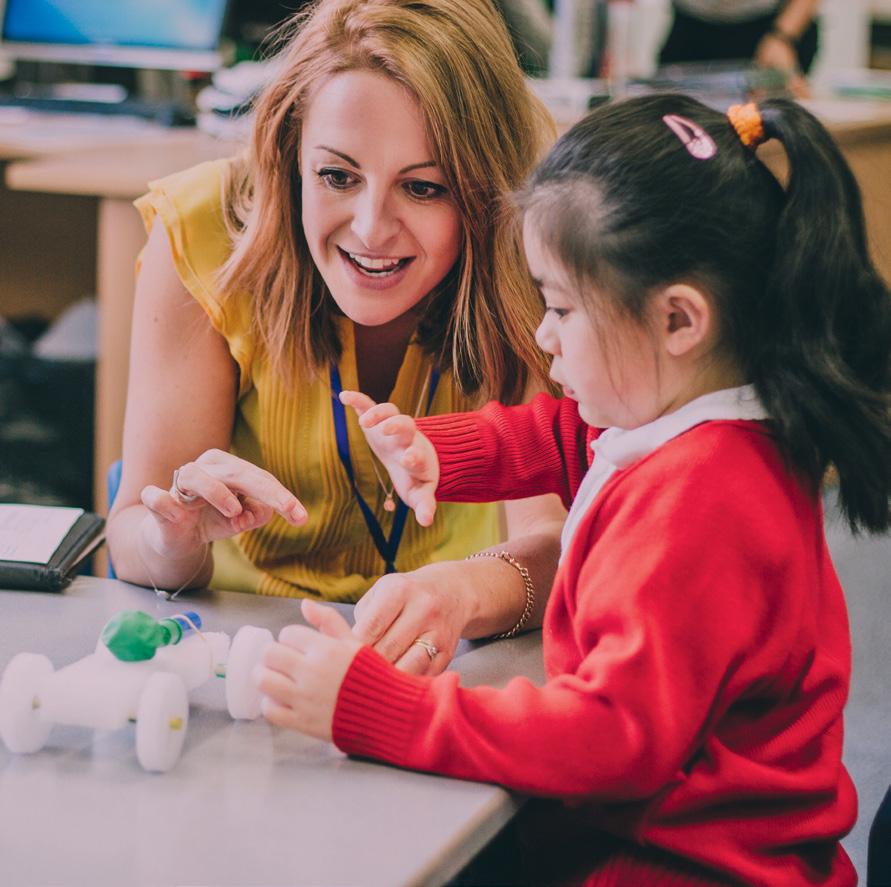

Be a science teacher. Pass on your knowledge to the next gen of scientists and be part of evolving the future.
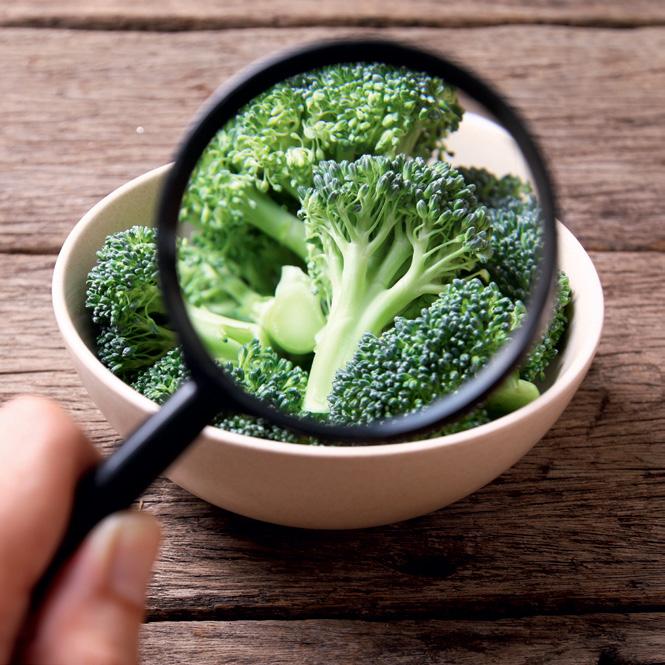
#2
#3
Traditional science still has its place; it just doesn’t necessarily require a white coat. Nowhere is it more prominent than in the health world. Labs, testing, trialling are all part of the job description at places like the Garvan Institute, a world-class medical research institute.


#4
Behind every new idea is a person – or team of people – with the passion, the skill and the willingness to put their hand up to solve a problem and find new ways to research, develop and implement change. Think: biotech; geoscience; Artificial Intelligence (AI); wearable tech and energy sectors. And defs consider working for yourself! You are a startup.
Asking ‘What do you want to be?’ is so last century. You no longer have to choose just one job, one workplace, one career. As a future scientist, you’ll have skills that you can apply in any industry, solving any number of problems.
How to choose where you’ll focus your energies? You can be led by your interests, follow the money, do your bit to make tomorrow better, or search for and create new opportunities. Or why not do all of these things at the same time...
If research is your thing, look under the job ads for roles at the biggest and most diverse organisation in the world, CSIRO. Good news? It’s right here in Oz. Or, aim for the boss’ chair and become a business development manager, combining your science skills with people know-how, developing products in the food safety, medical testing, urban growth or ag-tech worlds.
If it applies to you, put a cross in the box and see what your skills checklist reveals…
Hint: all roads lead to science! Good communicator Problem-solver Diverse thinker Curious Creative Good listener
Patient Critical thinker Shows initiative Team player
Analytical

What if we could make our own virus fighters? Can we use robotics to speed up lab work? And how can we use AI to help develop new chemical solutions?
Dr Nathan Boase loves to think about these questions and more.
“The best thing about science is you can’t really know where it is going to go,” says Nathan, who is a Senior Lecturer in Chemistry and Physics at QUT. “There are so many paradigm shifts that can completely revolutionise how we think about a field.”
A huge part of being a future scientist is reworking old ideas with new perspectives, Nathan says. One promising area is health.
“My team is currently focused on finding new chemical technologies to detect and treat disease.”
To treat viruses, Nathan’s team is looking at using polymers –long-chain molecules – as medicines.
“These molecules seem to have broad-spectrum activity, which means we could potentially use them as therapeutics when the next viral pandemic emerges,” Nathan says.
Preparing anti-viral meds now would mean we’d have treatment options for emergencies, Nathan says. “We could prevent the period we had in COVID, when we had nearly no therapeutic solutions before a vaccine was released.”
Bachelor of Science (Honours), University of Queensland
Co-leader of the Medicinal Molecules and Materials Group, QUT

Nathan’s message to future scientists is clear: “If you’re curious, creative and want to make a difference, science can take you further than you ever imagined.”
And he says QUT is a great place to start. “Students at QUT are focussed on solving real-world problems with cutting-edge research. It’s a really inspiring and supportive community.”
Add in undergrad research programs and work-integrated learning, and Nathan says the opportunities to make change are everywhere. “I love doing research to find out how things work or to create new things no one has ever made before.”
So, the next step is to ask the question: What change do you want to make?
I have always wanted to know how things work and why they do what they do.”
PhD (Polymer chemistry), University of Queensland
Australians are really rough with their bank notes. We put them through the washing machine, take them surfing and leave them to cook in the sun. One grandma even had to return her Aussie dollars after she tried to iron out the wrinkles.
Over at Australia’s central bank, the Reserve Bank of Australia (RBA), it’s Vanessa Lussini’s job to find new ways to make Australian bank notes more secure through the development of new security features to prevent counterfeiting. Vanessa studied chemistry at QUT, where she became interested in plastics. Now, she literally makes money!
She gets inspiration from everywhere, including toys, craft materials and the natural world. “Most sciences are very creative,” she says. “I think it’s something people forget. Looking at an idea and applying it to something else is a really cool thing.”
Here’s how she spends her days at the RBA!
9am
I catch public transport to work. When I arrive at the office, the first thing I do is check my emails. We have lots of overseas collaborators, so lots of emails come in overnight. We work with other central banks with similar currencies to us on ways to improve our bank notes.
10am
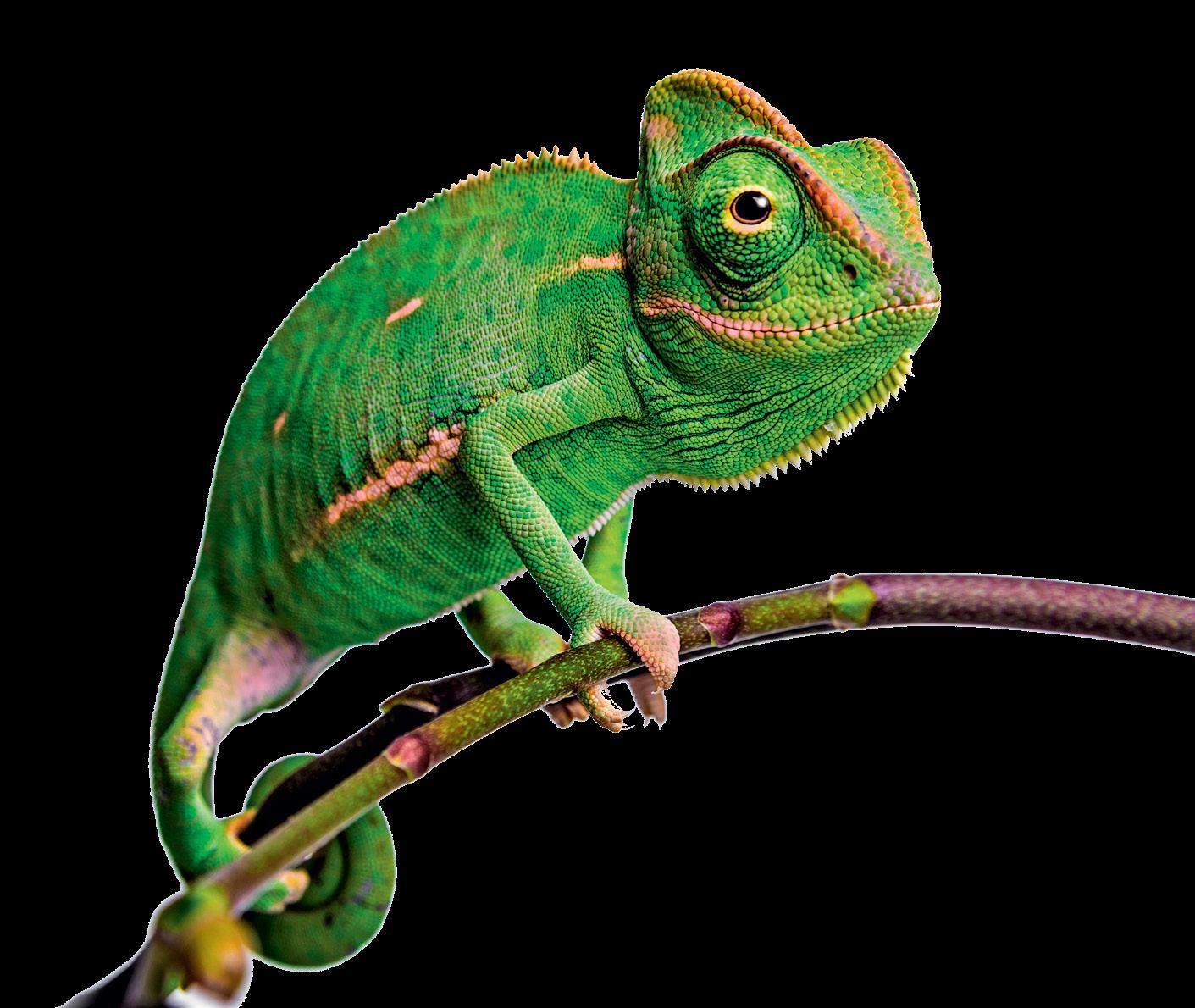
I spend some time reading new research and patents to look for new ideas we could apply to our bank notes. For example, could we use the technology from a colour-changing toy in some way? Or the chemistry of a chameleon’s skin? I’ll use this research to design experiments.
12pm
Our team eats lunch together and then we go for a walk. We call it the jail walk because we’re surrounded by massive electric fences! Sometimes we spot a kangaroo.

1pm
The team gets together again for a strategy meeting. We need to make sure we’re working on a diverse range of projects to ensure we are hitting key milestones and timelines.
2pm

As a project manager, I work closely with other scientists and I’ll check on their progress in the afternoon. We undertake print trials to prove scaling up processes and to ensure the banknote features we develop are durable and tough enough for Australians!
3.30pm

Back to the emails. Now that I’ve had some time to think about our projects, I reply to our overseas collaborators with feedback, questions or new results from the lab.
5pm
Unless I’ve got footy practice, I’ll work out at the gym on the way home. Then in the evening I catch up on Netflix!
Excited about a
Add these scientist peeps to your insta feed and see what goes on in the futuristic world of all things science in real-time. You’ll be across events, new discoveries and general info to keep you in the know today, so you’re ready for study, inspo and work tomorrow.
Future Crunch @futurecrunch
Peeps with a passion for the future and ensuring science and tech are at the forefront of what lies ahead for humans and our planet.
QUT @QUT
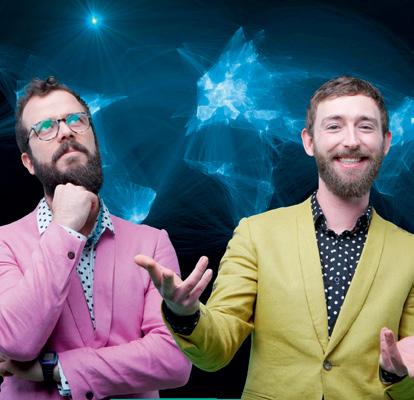
Uni courses? Tick. Comps to get involved in? Tick. Awesome learning avenues? Tick. Following now? Tick.
Careers with STEM @careers.with.stem
All you need to know about the world of STEM and opportunities galore in one place.
Bug Girl @hybopterashasta
From field work to flying insects this gal will take you on a science adventure like no other. The combo of science and the future is real! Think actual dragonflies and their crazy vision powers being the inspo for some of the latest drone tech. Shasti – AKA Bug girl – has the lowdown!
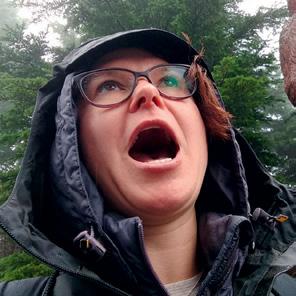
As if you needed an excuse to binge some of the best movies of all time, here’s our top pick of sci-fi films to cover all your science bases...
MATHS Hidden Figures (2016)
Can you imagine a time without computers? Back in the 1960s, the first computers were people, and this based-on-a-true-story film shares how three brilliant female mathematicians helped launch NASA astronauts to the moon. It’s a great reminder that behind every breakthrough are ordinary people who dared to think differently.
SPACE The Martian (2015)
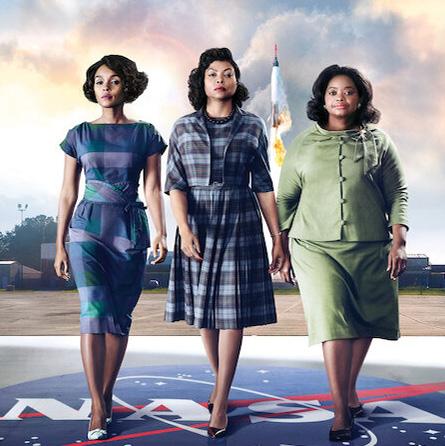
What would you do if your spaceship took off and left you alone on Mars? Inspired by actual science, this film is proof that science skills could one day save your life. Main character Mark Watney must use all his smarts – and a limited supply of potatoes – to create enough food, water, oxygen and hope to stay alive. Meanwhile on Earth, scientists are frantically trying to invent a workable rescue mission.
(2019)
Can you name the only person ever to win Nobel Prizes in two different areas? Spoiler alert, it was Marie Curie (and the Nobel Prizes were for Physics in 1903 and Chemistry in 1911). What did she win them for? What was the secret to her success? Grab the popcorn and find out. This film retells her inspiring true story.


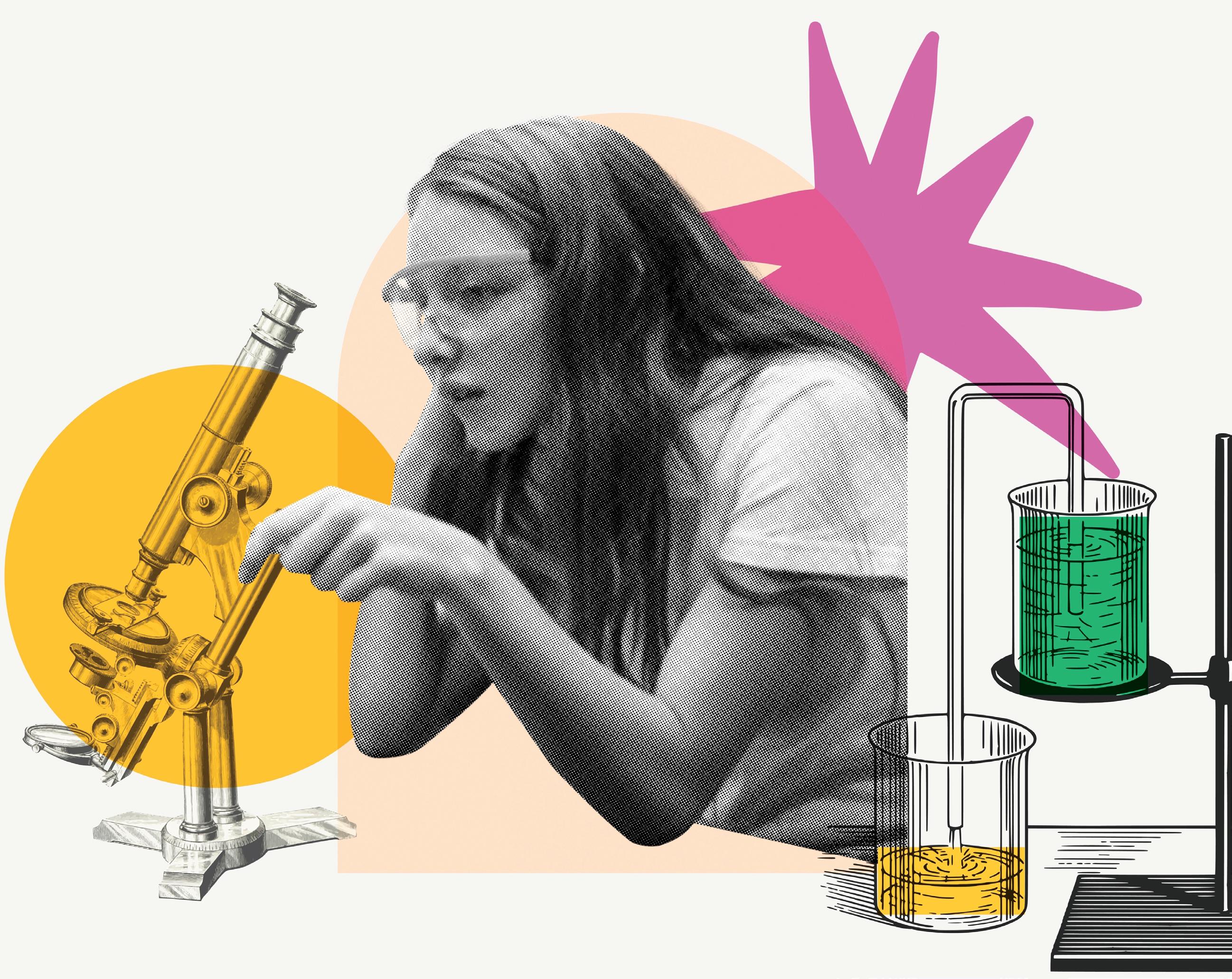
Electives checklist
Choosing high school electives?
These subjects will set you on the right path to a career in future science: